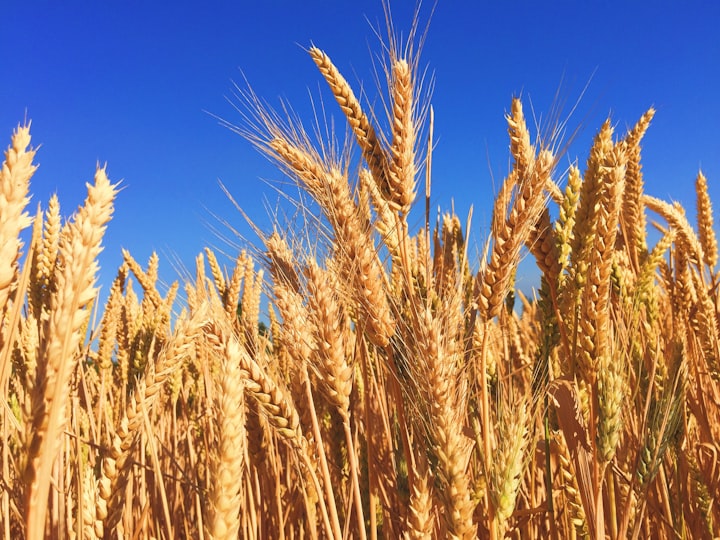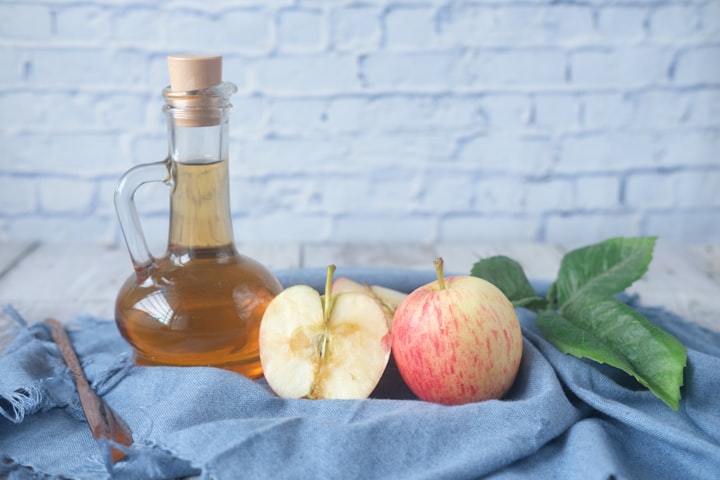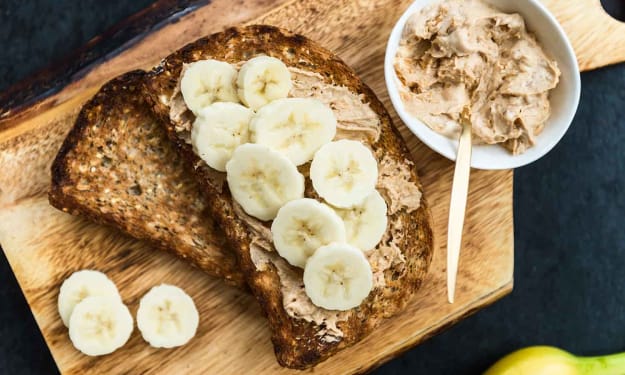
If you are new to eating gluten-free, whether it be because of a newly discovered sensitivity or are simply trying it out, you probably already know to avoid foods containing wheat, barley, or rye.
However, it is not always easy to tell if gluten is present in some packaged foods, especially if the food does not seem likely to contain gluten in the first place. These are the products in which gluten may be “hidden”.
For example, although wheat must be specified in a “Contains” statement underneath ingredients on FDA-complaint food labels because it is listed as a major allergen, barley and rye have no such requirements. So, checking if a food product contains barley or rye might involve a little more digging in the ingredients list.
Below is a list of common foods that may seem unlikely to contain gluten, but in reality do. It is by no means a comprehensive list, but it does give you an idea of the sorts of things to watch out for.
Soy Sauce
Regular soy sauce usually contains gluten. Luckily there are a variety of gluten-free soy sauce options available for purchase.
Gravy or Soup Thickened With Roux
The thickening agent in gravy is often wheat flour. Roux is a mixture that also usually contains wheat flour, as well as butter.
Corn Flakes
Though upon first glance at the name, these may seem gluten-free, but these types of cereals are usually made with malt from barley.
Vinegar
Some vinegars are made from wheat containing grains. Examples include malt vinegar, which is usually made from barley, and Chinese black vinegar, which is sometimes made with wheat as well as rice. Flavored or seasoned vinegars should also be avoided for the most part.
Most other vinegars are usually safe to eat. These include, but are not limited to, rice vinegar, apple cider vinegar, and distilled vinegars. However, it is still always important to check the food labels as an extra precaution.
Seasonings and Marinades
Certain brands of seasonings and spices may contain wheat if they were produced in the same factories as wheat products. For these, it is important to check ingredient lists and look up the brands to make sure there was no gluten contamination in the products.
Pre-made marinades usually contain malt vinegar, soy sauce, and/ or flour. If you are making the marinade at home, it is possible to use substitutions, such as rice vinegar, gluten-free soy sauce, and cornstarch or rice flour.
Condiments, Sauces, and Salad Dressings
Common sauces and condiments such as ketchup and mustard may contain gluten. Some brands of specialty ketchup may contain malt vinegar, which is made from barley and not gluten free. In some specialty mustards, wheat flour is added as a thickener.
Some salad dressings may contain malt vinegar, soy sauce, or flour. If you are making the salad dressing at home, you can find gluten-free substitutes for these ingredients without compromising much taste.
However, for most packaged condiments, sauces, and salad dressings, it is important to check the nutrition labels for any possible gluten contaminations.
Meat Substitutes or “Meatless Meats” (Vegan or Vegetarian)
A majority of meat substitutes or “meatless meats” are made with seitan, which is a plant based meat alternative made from gluten. Food products with yeast extract should also be avoided because there is a high possibility that the food might also contain traces of gluten. If a food contains yeast extract and is not certified gluten free, it should be avoided.
Imitation Crab
Some imitation crab products may use wheat starch as a binder for the ingredients. It is important to check labels, and unless certified, wheat starch should not be assumed to be gluten-free.
Bonus: Here Are A Few Other Forms of Wheat
Wheat has many forms, such as semolina, farina, spelt, durum, faro, emmer, Eiken, udon, wheat berries, and Khorosan wheat (also known as Kamut). If you would like to avoid gluten, most importantly, do not forget to check nutrition labels and to also read more on the topic if you have the time.
Happy eating!





Comments
There are no comments for this story
Be the first to respond and start the conversation.